This Stunning Multi-mission Picture Shows Off The Many Sides Of The Supernova Remnant Cassiopeia A. It

This stunning multi-mission picture shows off the many sides of the supernova remnant Cassiopeia A. It is made up of images taken by three of NASA’s Great Observatories, using three different wavebands of light. Infrared data from the Spitzer Space Telescope are colored red; visible data from the Hubble Space Telescope are yellow; and X-ray data from the Chandra X-ray Observatory are green and blue.
Image credit: NSA/JPL
More Posts from Xyhor-astronomy and Others

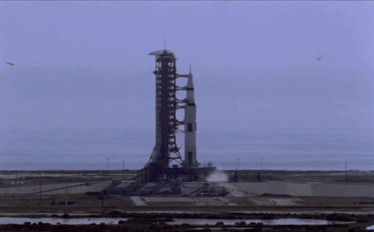
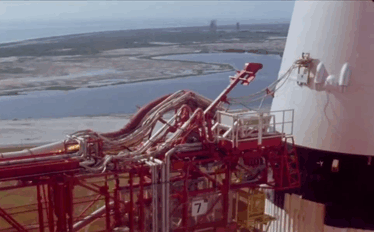
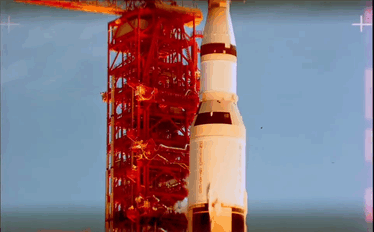
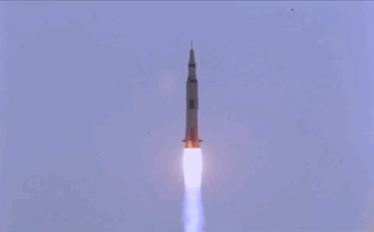
Apollo 11 Launch










Ask Ethan: Why don’t we build a telescope without mirrors or lenses?
“Why do we need a lens and a mirror to make a telescope now that we have CCD sensors? Instead of having a 10m mirror and lens that focus the light on a small sensor, why not have a 10m sensor instead?”
Every time you shine light through a lens or reflect it off of a mirror, no matter how good it is, a portion of your light gets lost. Today’s largest, most powerful telescopes don’t even simply have a primary mirror, but secondary, tertiary, even quaternary or higher mirrors, and each of those reflections means less light to derive your data from. As CCDs and other digital devices are far more efficient than anything else, why couldn’t we simply replace the primary mirror with a CCD array to collect and measure the light? It seems like a brilliant idea on the surface, and it would, in fact, gather significantly more light over the same collecting area. True, CCDs are more expensive, and there are technical challenges as far as applying filters and aligning the array properly. But there’s a fundamental problem if you don’t use a mirror or lens at all that may turn out to be a dealbreaker: CCDs without lenses or mirrors are incapable of measuring the direction light is coming from. A star or galaxy would appear equally on all portions of your CCD array at once, giving you just a bright, white-light image on every single CCD pixel.
It’s a remarkable idea, but there’s a good physical reason why it won’t pan out. For the foreseeable future, we still need optics to make a telescope! Find out why on this week’s Ask Ethan.


Neptune Clouds
This Voyager 2 high resolution color image, taken 2 hours before closest approach, provides obvious evidence of vertical relief in Neptune’s bright cloud streaks.
Credit: NASA / Voyager 2
Density puts things in their proper places.
Take in the Surreal Beauty of Jupiter in These Incredible New Images NASA released the raw data earlier this week, allowing the public to process the beautiful images
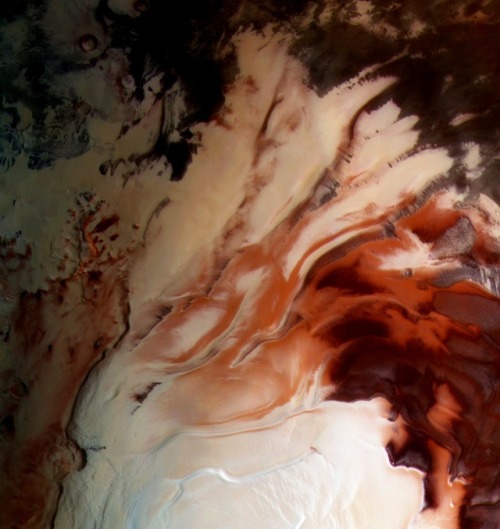
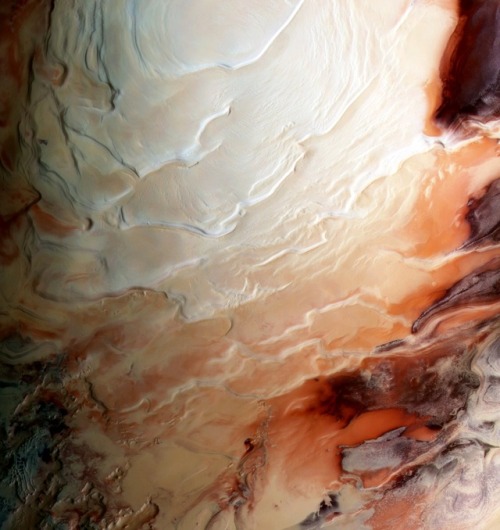
Martian North Pole
ESA / G. Neukum (Freie Universitaet, Berlin) / Bill Dunford

Shadow Veil by Abi Ashra (Tumblr)
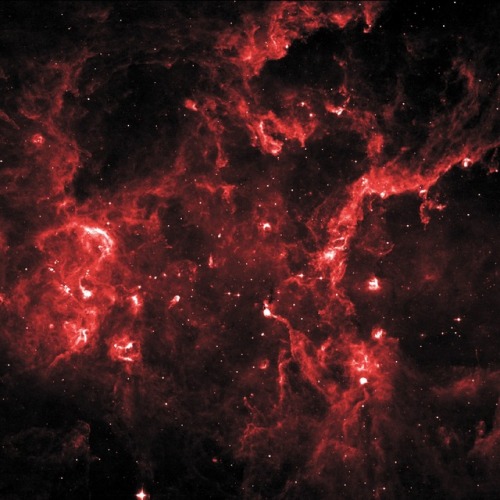
Young Stellar Grouping in Cygnus X
Cygnus X hosts many young stellar groupings. The combined outflows and ultraviolet radiation from the region’s numerous massive stars have heated and pushed gas away from the clusters, producing cavities of hot, lower-density gas.
In this 8-micron infrared image, ridges of denser gas mark the boundaries of the cavities. Bright spots within these ridges show where stars are forming today.
Credit: NASA/IPAC/MSX
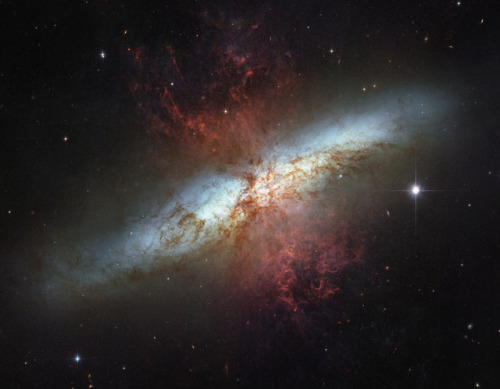
Messier 82
Messier 82 is a starburst galaxy about 12 million light-years away in the constellation Ursa Major. A member of the M81 Group, it is about five times more luminous than the whole Milky Way and has a center one hundred times more luminous than our galaxy’s center.
Image credit: NASA/ESA & Hubble
-
 iwannarunaway-13 liked this · 1 month ago
iwannarunaway-13 liked this · 1 month ago -
 unsuredefleur reblogged this · 1 month ago
unsuredefleur reblogged this · 1 month ago -
 unsuredefleur liked this · 1 month ago
unsuredefleur liked this · 1 month ago -
 thaida-quintus-amat liked this · 9 months ago
thaida-quintus-amat liked this · 9 months ago -
 shannybangbang reblogged this · 9 months ago
shannybangbang reblogged this · 9 months ago -
 xxluna-team-galacticxx reblogged this · 11 months ago
xxluna-team-galacticxx reblogged this · 11 months ago -
 zurgy-space reblogged this · 11 months ago
zurgy-space reblogged this · 11 months ago -
 zurgy liked this · 11 months ago
zurgy liked this · 11 months ago -
 thisworldisntrealhoney liked this · 1 year ago
thisworldisntrealhoney liked this · 1 year ago -
 carljoshuaishere21 reblogged this · 1 year ago
carljoshuaishere21 reblogged this · 1 year ago -
 john-erby reblogged this · 1 year ago
john-erby reblogged this · 1 year ago -
 john-erby liked this · 1 year ago
john-erby liked this · 1 year ago -
 i-know-im-smart reblogged this · 1 year ago
i-know-im-smart reblogged this · 1 year ago -
 justroboticthings reblogged this · 1 year ago
justroboticthings reblogged this · 1 year ago -
 i-know-im-smart liked this · 1 year ago
i-know-im-smart liked this · 1 year ago -
 ohufoundme liked this · 1 year ago
ohufoundme liked this · 1 year ago -
 sparklybasketballpiehuman liked this · 1 year ago
sparklybasketballpiehuman liked this · 1 year ago -
 nightskywriter liked this · 2 years ago
nightskywriter liked this · 2 years ago -
 leonerg reblogged this · 2 years ago
leonerg reblogged this · 2 years ago -
 leonerg liked this · 2 years ago
leonerg liked this · 2 years ago -
 2880cjk liked this · 2 years ago
2880cjk liked this · 2 years ago -
 jerzee55z liked this · 2 years ago
jerzee55z liked this · 2 years ago -
 daisylav liked this · 2 years ago
daisylav liked this · 2 years ago -
 sanjogsonsand liked this · 2 years ago
sanjogsonsand liked this · 2 years ago -
 mairem reblogged this · 2 years ago
mairem reblogged this · 2 years ago -
 mairem liked this · 2 years ago
mairem liked this · 2 years ago -
 sprrrnova reblogged this · 2 years ago
sprrrnova reblogged this · 2 years ago -
 sprrrnova liked this · 2 years ago
sprrrnova liked this · 2 years ago -
 corona-one reblogged this · 2 years ago
corona-one reblogged this · 2 years ago -
 corona-one liked this · 2 years ago
corona-one liked this · 2 years ago -
 perfect-pinkprincess liked this · 2 years ago
perfect-pinkprincess liked this · 2 years ago -
 venus-born reblogged this · 3 years ago
venus-born reblogged this · 3 years ago -
 kosyrev liked this · 3 years ago
kosyrev liked this · 3 years ago -
 chronivore reblogged this · 3 years ago
chronivore reblogged this · 3 years ago -
 chronivore liked this · 3 years ago
chronivore liked this · 3 years ago -
 marielunar reblogged this · 3 years ago
marielunar reblogged this · 3 years ago -
 marielunar liked this · 3 years ago
marielunar liked this · 3 years ago -
 metalzoic liked this · 3 years ago
metalzoic liked this · 3 years ago -
 travis0617 liked this · 3 years ago
travis0617 liked this · 3 years ago -
 nlockett liked this · 3 years ago
nlockett liked this · 3 years ago -
 paulfe liked this · 3 years ago
paulfe liked this · 3 years ago -
 lanny34-blog liked this · 3 years ago
lanny34-blog liked this · 3 years ago -
 astronomicallymessy reblogged this · 3 years ago
astronomicallymessy reblogged this · 3 years ago -
 astronomicallymessy liked this · 3 years ago
astronomicallymessy liked this · 3 years ago
For more content, Click Here and experience this XYHor in its entirety!Space...the Final Frontier. Let's boldly go where few have gone before with XYHor: Space: Astronomy & Spacefaring: the collection of the latest finds and science behind exploring our solar system, how we'll get there and what we need to be prepared for!
128 posts